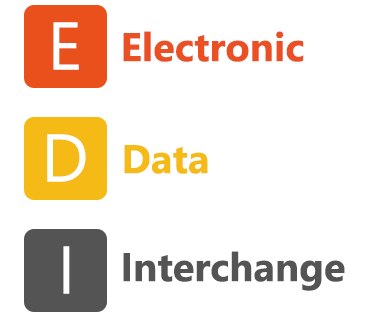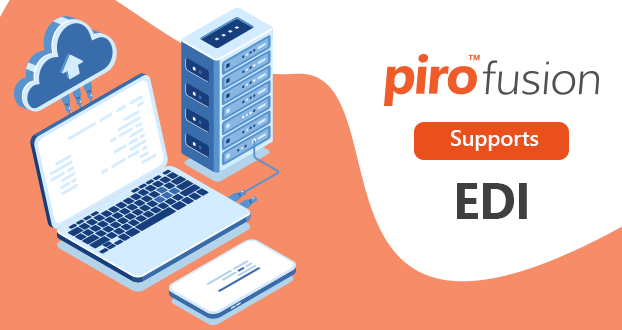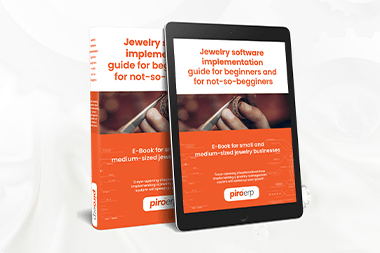EDI – the only dinosaur that is still alive
 When your company starts collaborating with larger jewelry retail chains, they will probably ask if your ERP supports EDI. But what is EDI, and why could it be critical?
When your company starts collaborating with larger jewelry retail chains, they will probably ask if your ERP supports EDI. But what is EDI, and why could it be critical?
Simply put, EDI is a communication technology that transmits data from one system to another. Its roots go back to the 1970s, and since then, this communication tool has become standard among large supply chain partners. Although the internet and technology have evolved a lot and new communication tools such as the API appeared, these large retailers seem to be stuck with their behemoth ERP systems that use EDI protocols. These systems keep the EDI technology alive despite that an API outperforms it in many ways.
As you can imagine replacing a complete supply chain management system is not an easy process for large jewelry. This explains why the world is shifting from EDI to API very slowly.
How does EDI work, and how to work with EDI?
EDI-ERP integration makes the translation of order data into the ERP automatic. In simple terms the way EDI works is that the data is stored in a certain format depending on the information that is to be transferred, such as a purchase order or an invoice, then forwarded without confirmation, much like a fax machine.

One of the downsides is that the data is not real-time, and proactive decisions cannot be made while working with information that may be outdated. Communication is relatively slow since EDI protocol is sending the information in batches. For example, while the API communication is almost immediate, in the case of EDI there is no guaranteed time when the data package will arrive at its destination since this depends on the number of batches.
Of course, there are benefits as well. Here are a few key business benefits that EDI technology delivers through automation and B2B integration:
- saves time and money by automating a process previously manually executed with paper documents.
- improves efficiency and productivity as more business documents are shared and processed in less time with greater accuracy.
- EDI data transfer reduces errors through rigid standardization, which helps ensure information and data are correctly formatted before they enter business processes or applications.
- EDI integration improves traceability and reporting because electronic documents can be integrated with a range of IT systems to support data collection, visibility, and analysis.
Modern ERPs have shifted more towards APIs, so when these ERPs need to be connected to large jewelry supply chains, additional development is required to make them EDI compatible with the respective supply chain software. In order words, a modern ERP is capable of handling both methods at the same time. They can not only coexist but hybrid configuration is also possible. This multi-channel support makes these ERPs quite robust.
Yes, PIRO jewelry software supports EDI

EDI is ultimately all about communicating with your trading partners in a structured way, however, the key aspects of this communication are not standard or not the same for each supply chain system. Therefore, before we start setting up the EDI connection with your business partner’s ERP, we must specify first what the key aspects are in terms of:
- Endpoints
- EDI Standards
- EDI Documents and Transactions
- EDI Protocols
In the past we have worked on a few projects where we had to establish EDI connections between PIRO and larger retail chains. Signet Jewelers are a good example. This EDI integration with Signet portals included the automation of document exchanges such as orders, purchase orders, and invoices using standardized EDI formats (X12 or XML) and document types (850, 855, 860, 856, 810, 852 etc.). Automated inbound and outbound workflows were set up through SFTP connection, making the data exchange process seamless.
Contact us if you are looking for jewelry software with EDI connection. Our team is here to help you.






